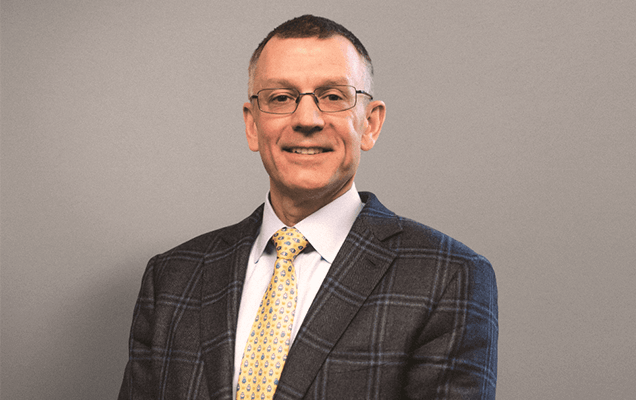Every surgery carries risks, but more often than not, the rewards outweigh the narrow possibility of complications. Pain and discomfort can take their toll on your whole being; a microdiscectomy may just be the answer to regaining your freedom. If you’ve made the choice to have a microdiscectomy, it’s important to know what to expect both in and out of the operating room.
What Are the Advantages of Microdiscectomy Surgery?
With a microdiscectomy, the surgeon creates a small incision and inserts a microscope to gain access to the surgical site. In most cases, the muscles can be separated rather than cut, so there is minimized trauma and required healing to surrounding tissues. The removal of the damaged disc, and, if necessary, surrounding bone (laminectomy) can be done more precisely, allowing for an overall quicker recovery time and less potential for complications.
What Are the Associated Complications and Risks of Microdiscectomy?
Any surgery carries risk, regardless of the surgery to be performed. Potential complications can be minimized by working with a neurosurgeon who has successfully performed many microdiscectomies — preferably one that even specializes in them. Minimally invasive or “tubular” microdiscectomy complications are quite reduced, as opposed to those associated with open discectomies, mainly because they entail a smaller opening and are less traumatic. Despite this, it is still important to be aware of possible complications.
Anesthetic Complications
General anesthesia possesses some level of risk. The best way to avoid preventable complications is to discuss your history thoroughly with your doctor and anesthesiologist. Let them know of drugs you are currently taking, whether they’re over-the-counter, prescription or recreational. This also goes for dietary supplements, such as vitamins or herbs.
Be sure to apprise them of any allergies you may have to drugs, food or environmental factors. For instance, some drugs contain egg derivatives that can cause problems for those with egg allergies.
If there is a history of breathing problems, apnea, or low or high blood pressure, mention this. It’s always better to provide too much information rather than not enough.
Infection
Postoperative infection is a potential complication following any surgery, no matter how carefully sterile protocols are followed. In the case of a minimally invasive microdiscectomy, there is a much lower risk of infection when compared to those of an “open” surgery where a large incision is made and multiple structures are exposed. Nonetheless, infection can occur, especially if surgical site care instructions are not followed precisely as laid out by the surgeon.
Dural Tears
The spine is sheathed in an enclosed sac of fluid known as the dura mater. Sometimes during surgery, a dural tear can occur. In most cases of a tear, it is noticed during surgery and repaired, allowing it to heal without any great issue. If it is not noted or occurs post-surgically, spinal fluid can leak into the surrounding area and also increase the risk of contracting spinal meningitis. Should a tear have occurred, it may or may not heal on its own. If the latter is the case, a second surgery for a dural repair may be necessary. It is herein that the advantage of a minimally invasive microdiscectomy is also seen. Although the risk of a dural tear is the same as with open discectomy, the reoperation rate is much lower.
Nerve Injuries
Although very rare in the instance of microdiscectomy, nerve damage is always a possibility. Because of the proximity to nerve structures in the spine, injuries to those nerves can occur. This is extremely rare.
Postoperative Hematoma
Another uncommon occurrence, is a postoperative hematoma, which occurs when bleeding starts up unexpectedly after surgery is completed. The risk of this increased in patients that require anticoagulation for medical conditions after surgery. The risk of this is very small given the tiny exposure required to perform a microdiscectomy.
Deep Vein Thrombosis (DVT)
Deep vein thrombosis is the development of a large clot in one of the interior veins in the leg. It can cause problems if part of the clot dislodges and moves to the lung or brain. The potential for developing blood clots in the large veins of your legs increases with surgery. While DVT can happen whether or not surgery has occurred, if you have bleeding or clotting issues, be sure to thoroughly discuss these with your doctor. You may be at a slightly higher risk for DVT.
Luckily, many precautions are routinely taken to ensure that patients don’t form clots. It is more common in cases where the patient must stay still for extended periods of time after surgery; with most microdiscectomies, you’ll be up and walking the same day, reducing that risk.
Finding the Right Surgeon
Although surgery always poses a possibility for complications to occur, your risk for complications goes down exponentially when you find a surgeon with experience performing microdiscectomies. Don’t hesitate to get a second (or even third) opinion before choosing your surgeon. Inquire about their success rate and how many of these procedures they have performed. It is also important to verify that they are board certified in neurosurgery or spine surgery — this means they have met rigorous standards for both the ability to perform the actual procedure and also hold the knowledge to do so well.
When you find a highly experienced surgeon and are prepared with the right information, you greatly reduce your chances of experiencing microdiscectomy complications.


About Dr. Michael G. Kaiser
Dr. Michael G. Kaiser is a nationally recognized neurosurgeon in North Jersey and is a proud member of Neurosurgeons of New Jersey, practicing out of their Ridgewood office conveniently located on East Ridgewood Avenue. Dr. Kaiser specializes in complex and minimally invasive spine surgeries.
Recent Posts:

What to Expect After Spinal Fusion: A Comprehensive Recovery Timeline
Please call today to schedule a consultation with me.
(551) 284-3265
Request a consultation with Dr. Kaiser





